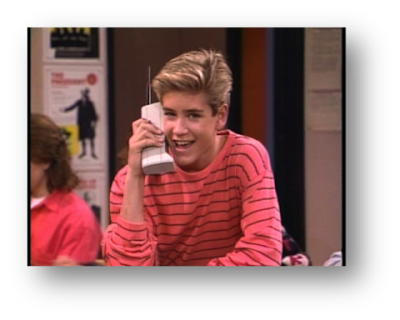What’s the history of the XX2i Optics brand?
We saw an opportunity in the market to create a brand of sunglasses that over-delivers at a very modest price. As such, XX2i Optics was launched two years ago, and we believe it is absolutely the best value you can find in our industry.
What’s the story behind the XX2i Optics name?
What’s the story behind the XX2i Optics name?
XX2i is simply a play on words, where “XX2” refers to 20/20 vision, and “i” refers to “eye.” Besides that, we thought it was a unique, cool name that would stand out and catch people’s attention.
How would you describe your role with regards to XX2i Optics?
From a legal perspective, I’m the founder & CEO of RACE (Running and Cycling Enterprises), which owns XX2i Optics. My role is to set the strategy & culture of XX2i Optics as the premier value brand of sunglasses. Solving problems is core to us, and I love working with our people and our customers… we really strive to go the extra mile.
What differentiates XX2i Optics from the competition?
As previously stated, the main point of differentiation is what you get with XX2i Optics for what you pay. For example, XX2i Optics sunglasses come with additional nose and temple pieces (and a small screw driver), in addition to multiple lens options, providing a wide range of customization options. They come in a nice case, and the lens cloth included is truly one of the best around. Our polarized lenses are unbelievable, and also offered as “readers” that magnify the lower portion of the lens for those who need it. That way when you’re looking down while running or riding, you can actually read your Garmin!
Our warranty and service sets us apart as well. For example, XX2i Optics has a bumper to bumper lifetime warranty, no questions asked!
Our warranty and service sets us apart as well. For example, XX2i Optics has a bumper to bumper lifetime warranty, no questions asked!
I’m super excited about the France2. Maybe I’m biased, but it fits me like a glove! My wife is a triathlete herself, and she prefers the France1.
What awards has XX2i Optics won?
What awards has XX2i Optics won?
XX2i Optics has only been around for two years, but is already receiving accolades. The brand was awarded Gear Institute’s “Best Value” award, as well as Outside magazine’s “Killer Value” award. We’re proud to have been recognized by these publications for what we set out to do in the first place… create the best value in the industry.
What are you most proud of with the company?
What are you most proud of with the company?
I’m most proud of the way we’ve delivered on our objective to create a tremendous value brand in XX2i Optics. It’s been wonderful to watch the brand develop the following it has.
Learn more at XX2i.com












